South_agency/Getty Images
3 minute read Published August 04, 2022
Written by
Allison Hache
Allison Hache
Bankrate logoAt Bankrate we strive to help you make smarter financial decisions. While we adhere to strict , this post may contain references to products from our partners. Here's an explanation for .
Bankrate logoFounded in 1976, Bankrate has a long track record of helping people make smart financial choices. We’ve maintained this reputation for over four decades by demystifying the financial decision-making process and giving people confidence in which actions to take next.
Bankrate follows a strict editorial policy, so you can trust that we’re putting your interests first. All of our content is authored by highly qualified professionals and edited by subject matter experts, who ensure everything we publish is objective, accurate and trustworthy.
Our loans reporters and editors focus on the points consumers care about most — the different types of lending options, the best rates, the best lenders, how to pay off debt and more — so you can feel confident when investing your money.
Bankrate logoBankrate follows a strict editorial policy, so you can trust that we’re putting your interests first. Our award-winning editors and reporters create honest and accurate content to help you make the right financial decisions.
We value your trust. Our mission is to provide readers with accurate and unbiased information, and we have editorial standards in place to ensure that happens. Our editors and reporters thoroughly fact-check editorial content to ensure the information you’re reading is accurate. We maintain a firewall between our advertisers and our editorial team. Our editorial team does not receive direct compensation from our advertisers.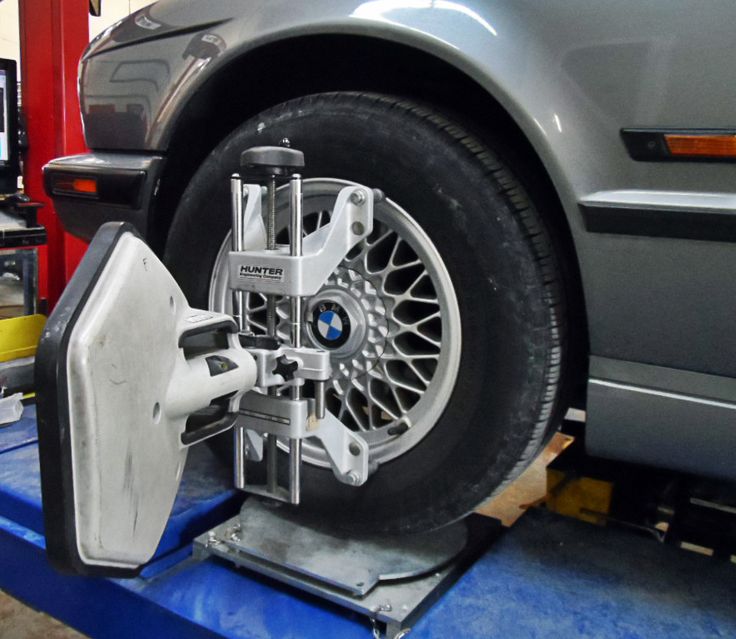
Bankrate’s editorial team writes on behalf of YOU – the reader. Our goal is to give you the best advice to help you make smart personal finance decisions. We follow strict guidelines to ensure that our editorial content is not influenced by advertisers. Our editorial team receives no direct compensation from advertisers, and our content is thoroughly fact-checked to ensure accuracy. So, whether you’re reading an article or a review, you can trust that you’re getting credible and dependable information.
Bankrate logoYou have money questions. Bankrate has answers. Our experts have been helping you master your money for over four decades. We continually strive to provide consumers with the expert advice and tools needed to succeed throughout life’s financial journey.
Bankrate follows a strict editorial policy, so you can trust that our content is honest and accurate. Our award-winning editors and reporters create honest and accurate content to help you make the right financial decisions.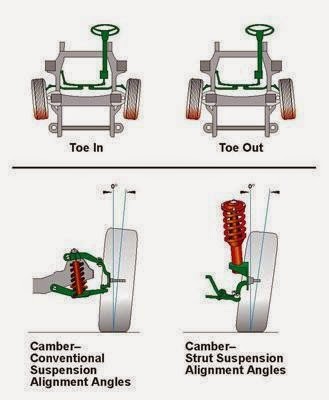 The content created by our editorial staff is objective, factual, and not influenced by our advertisers.
The content created by our editorial staff is objective, factual, and not influenced by our advertisers.
We’re transparent about how we are able to bring quality content, competitive rates, and useful tools to you by explaining how we make money.
Bankrate.com is an independent, advertising-supported publisher and comparison service. We are compensated in exchange for placement of sponsored products and, services, or by you clicking on certain links posted on our site. Therefore, this compensation may impact how, where and in what order products appear within listing categories. Other factors, such as our own proprietary website rules and whether a product is offered in your area or at your self-selected credit score range can also impact how and where products appear on this site. While we strive to provide a wide range offers, Bankrate does not include information about every financial or credit product or service.
The safety features on your vehicle include more than anti-lock brakes, traction control devices and air bags. Your wheels and tires play an important role in helping you drive straight, turn corners and stop whenever necessary. To achieve optimal performance, it is important to have your vehicle tires properly aligned.
Your wheels and tires play an important role in helping you drive straight, turn corners and stop whenever necessary. To achieve optimal performance, it is important to have your vehicle tires properly aligned.
The complete service typically costs anywhere from $50 to $168, depending on the provider. It should be done once or twice a year, but the exact timing will depend on your car and driving habits.
Tire alignment or wheel alignment is the process of adjusting your vehicle’s suspension, making sure that your tires are connecting with the road at the proper angles.
Tire alignment ensures that your car works as the manufacturer intended. Having improperly aligned tires could lead to worse gas mileage, more wear on your tires and damage to your vehicle’s components.
The cost of an alignment depends on several factors:
 Four-wheel alignments cost more, usually $100 to $168.
Four-wheel alignments cost more, usually $100 to $168.The cost accompanied with a wheel alignment service for your car will range by establishment, type of vehicle and even your ZIP code. Here is a breakdown of the expected cost for a four-wheel vehicle alignment by state for a 2020 Toyota Camry according to Kelley Blue Book’s fair repair range.
| City | State | Expected price |
|---|---|---|
| New York | New York | $138 to $168 |
| Los Angeles | California | $119 to $140 |
| Chicago | Illinois | $138 to $162 |
| Dallas | Texas | $109 to $128 |
| Orlando | Florida | $121 to $143 |
| Atlanta | Georgia | $126 to $148 |
| Richmond | Virginia | $126 to $148 |
| Phoenix | Arizona | $126 to $148 |
| Philadelphia | Pennsylvania | $135 to $159 |
| Charlotte | North Carolina | $125 to $147 |
When you take your car into a shop for an alignment, the technician starts by analyzing angles at three checkpoints — caster, camber and toe — by using an alignment machine and performing a visual inspection.
Some mechanics also take the vehicle on the road for a test drive to check for signs of alignment problems, like a steering wheel that vibrates or a vehicle that veers to the left or right when the steering wheel is in a resting position.
The mechanic then compares the angles with the manufacturer’s recommendations for best performance.
After completing the analysis, the technician places the vehicle on an alignment rack and mounts what are called targets to the wheel ends. The technician then uses the machine to adjust the caster, camber and toe until they are within the vehicle manufacturer’s recommended ranges.
The technician then uses the machine to adjust the caster, camber and toe until they are within the vehicle manufacturer’s recommended ranges.
Most mechanics take the vehicle out for another test drive to check the new adjustments to make sure everything functions properly.
Regularly adjusting your vehicle’s alignment offers several benefits that save you time, give you a smoother ride and keep you safer on the road.
Properly aligned tires maintain better contact with the road’s surface by extending the life of your tires and reducing skidding on slick roads. This also reduces rolling resistance and better absorbs road shock, resulting in improved gas mileage and a smoother ride on paved surfaces.
During the alignment, your mechanic may discover worn suspension parts, giving you an opportunity to replace them before they turn into a costly or dangerous mechanical problem that takes your car off the road for an extended period.
You can get an alignment done at any local mechanic or auto repair center. If you don’t have a relationship with a mechanic, call around for quotes or use resources like Kelley Blue Book to compare prices in your area.
While you should call ahead for an appointment, the wheel alignment itself should take only about an hour. With that said, the process could take longer if the mechanic finds any underlying issues or needs to replace additional components.
If getting an alignment seems expensive, remember that it could ultimately be more expensive to skip it. Forgoing this preventative maintenance means you’ll have to replace the tires more frequently and driving with unaligned tires could also wear out components like your suspension. Spending the hundred or so dollars each year on tire alignment could end up saving you much more in costly repairs.
Home
Chevrolet
Wheels - Alignment
Advertisement
Select Your Vehicle
Fair Repair Range
Alignment is the process of making sure all 4 wheels point in the same direction, which will cause the vehicle to drive straight and not drift. Performing this service regularly (yearly or after the vehicle starts drifting) will extend the life of your tires. Alignment is measured in degrees of camber (tire leaning inward or outward), caster (forward or backward slope of steering components in relation to the McPherson struts) and toe (the direction the tires are pointing). Toe-in means that the tires are pointing inward; toe-out means that the tires are pointing outward. Most vehicles are “averaged” for everyday driving.
Performing this service regularly (yearly or after the vehicle starts drifting) will extend the life of your tires. Alignment is measured in degrees of camber (tire leaning inward or outward), caster (forward or backward slope of steering components in relation to the McPherson struts) and toe (the direction the tires are pointing). Toe-in means that the tires are pointing inward; toe-out means that the tires are pointing outward. Most vehicles are “averaged” for everyday driving.
No Local Dealers Match Your Search.
Please choose a different make or a different ZIP.
Also known as a car or front-end alignment, a wheel alignment is a critical adjustment performed to ensure that your Acura tracks straight and true as you cruise down the road. Poor alignment can cause premature tire wear, suspension failure, unsafe operation, excessive steering wheel play, driver fatigue and more.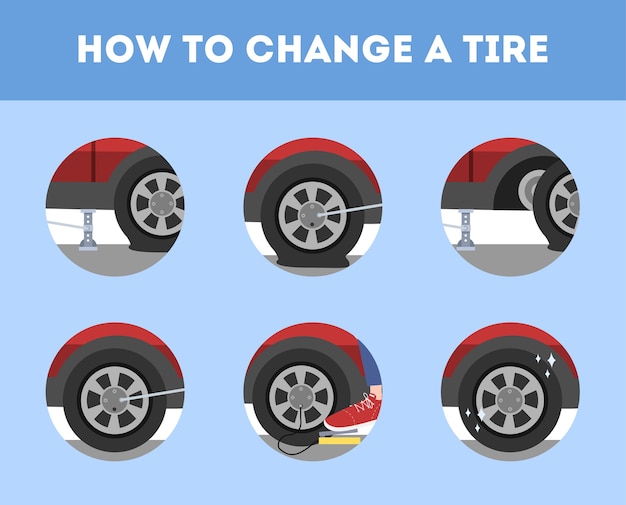
Proper car, truck or SUV operation is a balancing act that depends on a combination of power, acceleration, steering and braking. It requires proper alignment specifications and well-maintained suspension components. Tires, steering mechanisms, shock absorbers and springs must work properly with each other for continued reliable service.
Simply put, a vehicle that is out of alignment means that your wheels are pointing in different directions. This, in turn, causes accelerated and uneven tire wear as well as causing your vehicle to pull to the right or the left. The good news? This situation is easily correctible. Your local Chevrolet service department, tire retailer or local automotive service center is ready and able to straighten things out for you.
Precise wheel alignment does not last for the life of your car. Even a brand-new vehicle can have a chance encounter with a curb or pothole. These impacts can cause your vehicle to fall out of alignment instantaneously. In most cases, alignment can degrade gradually and almost imperceptibly over time as components start to show wear.
In most cases, alignment can degrade gradually and almost imperceptibly over time as components start to show wear.
In the past, as with body-on-frame vehicles and those having non-independent rear suspensions, front-end alignment was usually all you needed to have you on the straight and narrow again. With today’s unibody designs and multilink independent rear suspensions, four-wheel alignment is recommended to have all tires working together and tracking in the same direction.
Depending on the adjustments available on your vehicle, alignment is a procedure that involves adjusting the camber, the outward or inward tilt of the tires when view head-on; caster, a front or rear tilt when viewed from the side; and toe, which way your tires are pointed when viewed from above. Toe-in means they are pointed inward, toe-out means they are turning away from each other.
Tire alignment services require specialized equipment and trained technicians who have the proper tools to diagnose, repair, replace and properly align your vehicle.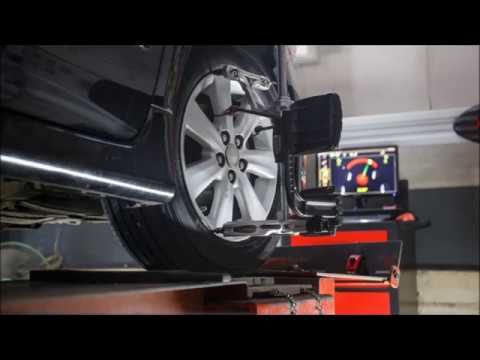 It’s not an easy fix like changing your motor oil and should be done by a dealership or repair shop.
It’s not an easy fix like changing your motor oil and should be done by a dealership or repair shop.
While they check alignment, consult with them on wheel balancing, as well. Vibrations can crop up from an out of balance tire, which in turn causes excessive tire wear. With so many components responsible for specific causes and subsequent affects, it’s a good idea to have all these exams and services performed at the same time.
Here’s how you can tell: Maybe your Chevrolet drifts left or right, especially when you apply the brakes. Or you notice you need a lot of steering effort while driving down the highway to keep you in your lane. Or you may feel a bit of shimmy and shake from the steering wheel. These are all clear signs that you may need an alignment.
A vehicle out of alignment can result in excessive tire wear. When the wheels aren’t lined up straight, there’s a constant scuff that works against normal tread wear. You’ll notice that the tire tread is disappearing prematurely and unevenly across the tire’s surface.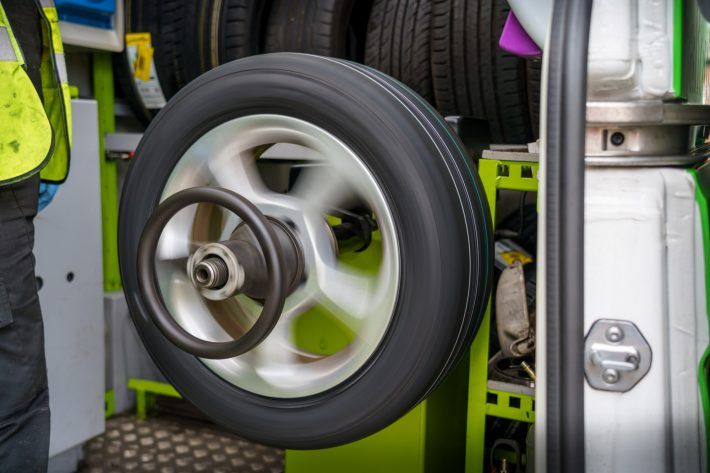 This also can cause a loss of traction, especially in wet conditions. Uneven tire wear, if ignored, can also contribute to premature tire failure or a blowout.
This also can cause a loss of traction, especially in wet conditions. Uneven tire wear, if ignored, can also contribute to premature tire failure or a blowout.
Imperfections in the road surfaces could be your vehicle’s worst enemy in keeping proper alignment. If you regularly drive on poorly maintained roads or one riddled with potholes or accidentally hit a curb or a parking bumper, you may knock your Chevrolet out of alignment.
But even before you take the car in, perform a check of your tire’s inflation. Having one tire measure substantially more or less than what the owner’s manual calls for could cause the same effect of drifting left or right or vibration in the steering.
Experts recommends an alignment check every six months or 6,000 miles, whichever comes first. Regardless, don’t let your vehicle go more than 10,000 miles without having someone check the alignment. It’s a good idea to have your tires checked for alignment bi-annually, or any time you have your tires rotated.
The other time you should absolutely have your tires aligned is when you replace them. Properly balanced and aligned when placed on your vehicle, this will ensure they wear evenly from the start. Placing new tires on an improperly aligned vehicle will end up costing you more in the long run, because your new tires will continue to wear in the same manner as the previous set.
Feedback
Changing the oil in the internal combustion engine Changing the oil in the manual transmission Changing the oil in the automatic transmission Filling the air conditionerReplacing antifreezeReplacing the power steering fluidReplacing the shock absorber Hub bearingElectronic diagnosticsFlushing the radiatorsThrust bearingBleeding the brakesReplacing the timing belt discs before brake rims rear
I agree with the privacy policy
Price and cost services
Prices for wheel alignment cars domestic cars
| ADJUSTMENT | VAZ, IZH | AZLK, ZAZ | NIVA, HOPE, VOLGA |
|---|---|---|---|
| DRIVE | 1700 | 2000 | 2100 |
| RELEASE, ROOM, CASTOR | 2100 | 2400 | 2600 |
| CUSTOM SUSPENSION + | 900-1400 | 1000-1500 | 1100-1600 |
| S/W RUDDER, TURN RADIUS SET | 1000 | 1000 | 1000 |
Foreign cars
| ADJUSTMENT | FRONT AXLE | REAR AXLE | FRONT+REAR |
|---|---|---|---|
| DRIVE | 2000 | 2000 | 2600/2800* |
| ROOM | 2200 | 2200 | 2800/3000* |
| RELEASE, ROOM, CASTOR | 2400 | 3000/3200* | |
| * THE SECOND PRICE IS INDICATED WHEN ADJUSTING THE REAR AXLE AND THE RAISE AND CAMBARING! | |||
SUVs, minibuses, minivans (station wagons) ***
| ADJUSTMENT | FRONT AXLE | REAR AXLE | FRONT+REAR |
|---|---|---|---|
| DRIVE | 2200 | 2200 | 3100/3300* |
| ROOM | 2400 | 2400 | 3300/3500* |
| RELEASE, ROOM, CASTOR | 2600 | 3500/3700* | |
| * THE SECOND PRICE IS INDICATED WHEN ADJUSTING THE REAR AXLE AND THE RAISE AND CAMBARING! | |||
| *** EX: | |||
| HUMMER H1 - 5500 (TWO AXLE), 3500 (FRONT AXLE) | |||
| HAMMER H2, H3 - 3400 | |||
| non-standard suspension (lifting) + 1500 | |||
| MITSUBISHI PAJERO (EXCEPT THE LAST BODY), PAJERO SPORT, ISUZU TRUPER, NISSAN TERRANO, OPEL FRONTERA, AND CARS WITH A SIMILAR SUSPENSION WHERE ADJUSTING PLATES ARE REQUIRED 9 PLATE + 3800RUR0031 | |||
| ADDITIONAL WORK | |||
| TOE/CALE ANGLE CHECK - 1100 passenger car, 1300 SUV | |||
| SUSPENSION DIAGNOSIS (INCLUDED IN THE PRICE) | |||
| HANDLEBAR (WITHOUT AIR BAG) - 800 | |||
| REMOVING/INSTALLING THE WHEEL: CAR - 200; VNEDOR, MINIBUS, MINIVAN - 250 | |||
| WHEEL RADIUS SETTING - 800 | |||
| INSTALLATION OF REG BOLT (MERCEDES) - 800 + BOLT PRICE | |||
| TORSION ADJUSTMENT - 2000 | |||
CUSTOMER SPECIFIED WHEEL ANGLE OUTSIDE FAC. TOLERANCES - NO WARRANTY TOLERANCES - NO WARRANTY | |||
| STEERING GEAR ADJUSTMENT - 1000-1200 | |||
| STEERING PENDULUM ADJUSTMENT - 800-1000 | |||
| HUB BEARING ADJUSTMENT: PASSENGER CAR - 700; VNEDOR, BUSES, MINIVANS FROM 900 | |||
Prices for the wheel alignment of large vehicles domestic cars
| ADJUSTMENT | GAZEL, UAZ | SOBOL, PORTER | AUTO C,D,E CATEGORY |
|---|---|---|---|
| TOE | 2100 | 2100 | 3200 |
| RELEASE, ROOM, CASTOR | 2600 | 4200 |
Category B imported cars, limousines
| ADJUST | FRONT AXLE | REAR AXLE | FRONT+REAR |
|---|---|---|---|
| TOE | 2200 | 2200 | 3100 |
| ROOM | 2400 | 2400 | 3300 |
| RELEASE, ROOM, CASTOR | 2600 | 3500 |
Imported cars of categories C,D,E
| ADJUSTMENT | FRONT AXLE | ||
|---|---|---|---|
| 3200 | |||
| RELEASE, ROOM | 3600 | ||
| RELEASE, ROOM, CASTOR | 3900 | ||
| ADDITIONAL SERVICES | |||
| SUSPENSION DIAGNOSIS - 1100 | |||
| RELIEF/CALM CHECK - 1600 | |||
| HANDLEBAR - FROM 800 | |||
| HUB BEARING ADJUSTMENT - FROM 1000 | |||
Locksmith
| REPLACEMENT OF REAR REDUCER BUSHING ON BMW F SERIES - 12000 | ||
| REPLACEMENT OF BEARINGS IN DRAWER FOR MERCEDES GLK - 14000 |
If the car has poor handling or stability - this is the first sign that the corners are not accurately adjusted, exactly those under which the wheels of the car should be directly located.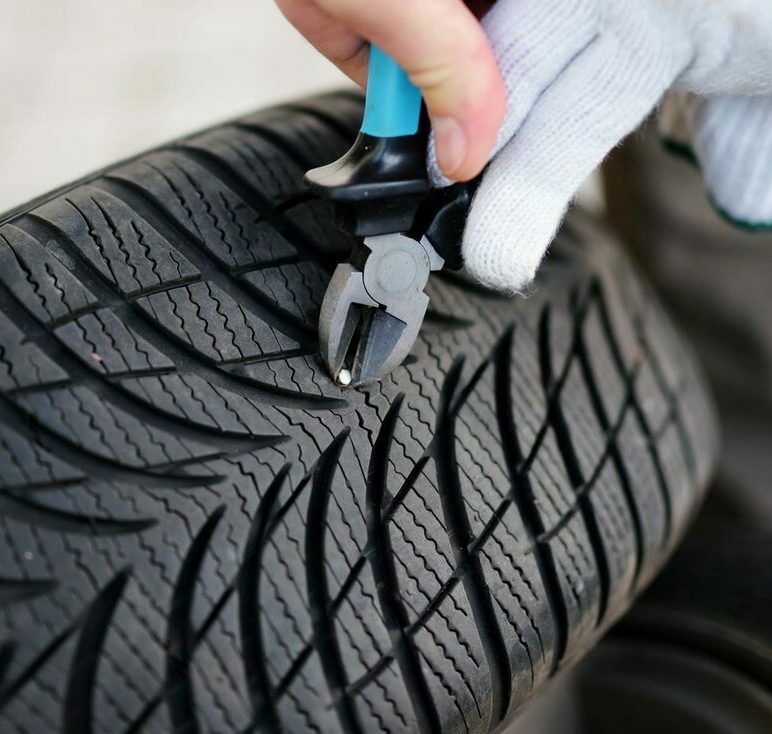 This problem in the car is also called as the resulting violations collapse wheel alignment. Correct toe wheels is a guarantee that your car will be stable on the roads. To determine the correct wheel alignment , you need to calculate the difference between the rims front wheel position and rear wheel position. Such measurements must be carried out between the same points of the wheels at the height of their center. If they are not normal, then it is necessary to adjust this convergence, but in order to in order to accurately determine the convergence point, it is necessary to use special equipment, which is always used by car service stations, which we are. Our masters first of all check the fastening of the steering linkage of the lever to the rack and how strong it is. As well as the connection of cones, fingers, steering rods, camber, etc. If you have already repaired the chassis of your car, then do not hinder the implementation of camber toe , by adjusting it.
This problem in the car is also called as the resulting violations collapse wheel alignment. Correct toe wheels is a guarantee that your car will be stable on the roads. To determine the correct wheel alignment , you need to calculate the difference between the rims front wheel position and rear wheel position. Such measurements must be carried out between the same points of the wheels at the height of their center. If they are not normal, then it is necessary to adjust this convergence, but in order to in order to accurately determine the convergence point, it is necessary to use special equipment, which is always used by car service stations, which we are. Our masters first of all check the fastening of the steering linkage of the lever to the rack and how strong it is. As well as the connection of cones, fingers, steering rods, camber, etc. If you have already repaired the chassis of your car, then do not hinder the implementation of camber toe , by adjusting it.
How are the wheels adjusted? By changing the length of the side steering rods. For this First, our specialists loosen the clamps and adjusting couplings by turning them in opposite directions, which changes the length of the side rods. After that, the clamps are tightened again so that after tightening their ends did not touch each other.
But in order to carry out the camber, it is necessary to make sure that the tires have normal pressure air. In this case, the tires should not be worn out and the disks should be bent and the steering wheel should be free to move. And before checking the collapse itself, our master will initially check for serviceability the hinges of the levers, ball joints, shock absorber rods, and Only then will he begin to check the camber of the wheels. Camber he will check using the number of spacers between the cross member or the turn of the eccentric and the axis of the lower arm.
That we will answer exactly - our car service is waiting for you, because alignment collapse , can only be carried out at the stand! After all, the collapse of the convergence has not a great cost, so do not save on your safety and it's not worth it. And do not believe those who tell you that they can adjust the installation angles even without special equipment - this is simply not realistic. Since the difference is only 0.5 degrees, end sadly for you, as if it can be done only at the stand. We carry out wheel alignment for various vehicles. We make gathering collapse in all districts of Moscow: Southern Administrative District, ZAO, SAO, SVAO, Central Administrative District, SZAO, SEAD, SWAD, VAO. Therefore, please contact because wheel alignment does not have a big price for us, and repairs after an accident will cost much more than your car.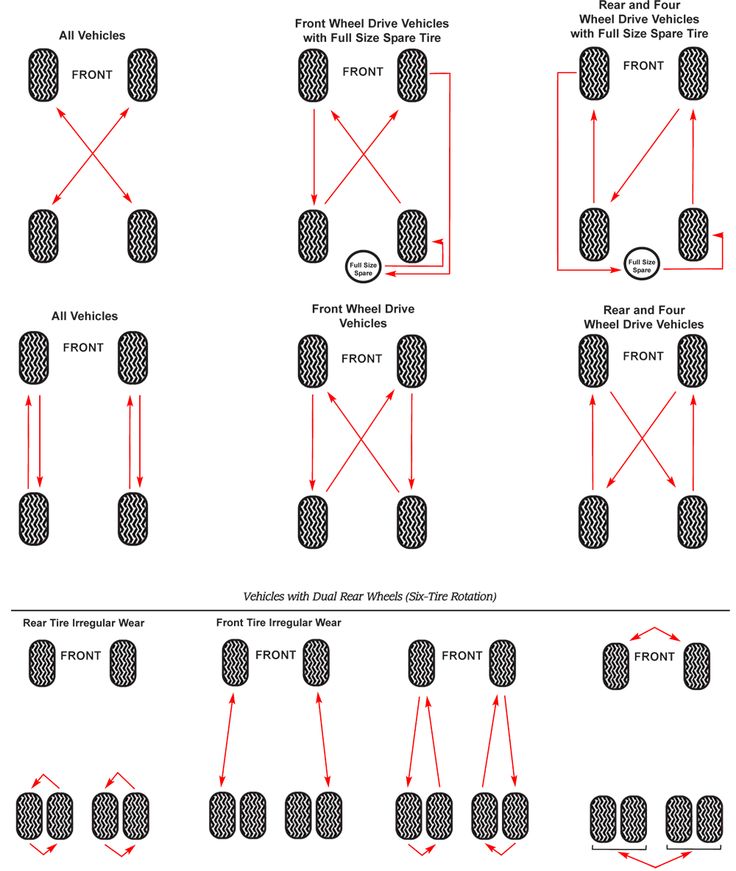
Author: Oleg Polazhinets
Surely you have come across the fact that the car moves to the side when the steering wheel is released, or someone from your acquaintances complained that "it's time for me to go and check the collapse", although this was categorically wrong. What people commonly call “alignment” is measuring and setting the wheel alignment angles. Moreover, in addition to the camber angle itself and the convergence angle, there is also a third angle, no less important.
To improve stability and handling, each car manufacturer provides for a particular car model a certain position of the front (and rear) wheels relative to each other and the road plane. The parameters of camber, convergence and caster are usually called wheel alignment angles.
The parameters of camber, convergence and caster are usually called wheel alignment angles.
Camber is understood as the angle of inclination of the wheels in relation to a perpendicular plane (in the usual case, to the road). With a negative camber, the wheels visually become like a "house", with a positive camber angle, the upper part of the wheel leans outward relative to the lower one.
With negative camber (left), the wheels are in a "house" With negative camber (left), the wheels are "house"
Toe is the sum of the angles between the plane that passes through the centers of the wheels and the longitudinal axis of the car. It sounds a little incomprehensible, but in reality everything is simple: if it is positive, then the planes of rotation of the wheels intersect in front of the car as if “converging towards” each other, if it is negative, somewhere behind (divergence).
Positive convergence (on the left) is precisely the convergence of the wheels towards each other in front of the car
Caster (sometimes called castor) from English. Caster angle (caster angle) is the angle formed by the vertical and the projection of the axis of rotation of the wheel on the longitudinal plane of the car. With a positive caster, the axis of rotation of the wheel is tilted back relative to the direction of movement, and with a negative one, on the contrary, it “looks forward”.
Caster angle (caster angle) is the angle formed by the vertical and the projection of the axis of rotation of the wheel on the longitudinal plane of the car. With a positive caster, the axis of rotation of the wheel is tilted back relative to the direction of movement, and with a negative one, on the contrary, it “looks forward”.
Negative caster (left) causes the strut to tilt forward
Let's start with the collapse. With its near-zero values, the car is most stable as long as it drives in a straight line. And only if the suspension is stiff enough: it’s not just that on old cars the wheels had positive camber, that is, a “house on the contrary”, which to some extent compensated for the softness of the shock absorbers and the instability of the corners under load.
On cars with soft suspension, the wheel alignment angles openly “leave” in corners However, over time, the designers began to move away from positive camber towards negative values (however, they still do not fill up the wheels by several degrees, as they do in motorsport).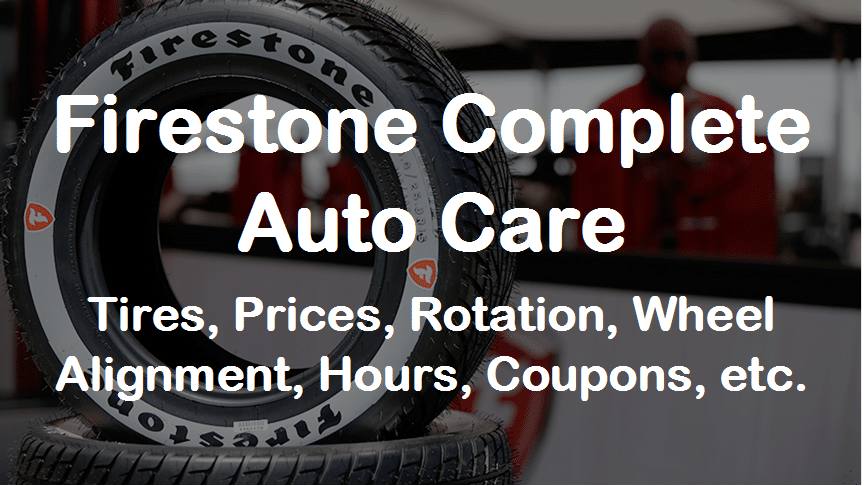 This improved the stability of the car in corners, since the wheel "does not break" and clings to the road better due to the larger contact patch.
This improved the stability of the car in corners, since the wheel "does not break" and clings to the road better due to the larger contact patch.
House camber improves vehicle stability when cornering at high speeds
Stance, baby: pronounced negative camber is an essential attribute of some automotive subcultures
accelerated wear of the inner tracks of the tires. That is why, unlike athletes, both car designers and ordinary car dealers prefer near-zero values.
However, depending on the design and kinematics of the suspension, the rigidity of the elastic elements, track width, wheel offset and many other factors, the wheel alignment on different machines differ markedly. Moreover, they can vary even within the same model, depending on the type of suspension (regular or sports) and tire size.
On many modern front-wheel drive vehicles, the camber angles of the front wheels are set constructively, and the caster (the angle of the longitudinal inclination of the rack) is not adjustable, so the whole setting comes down to checking and adjusting the toe.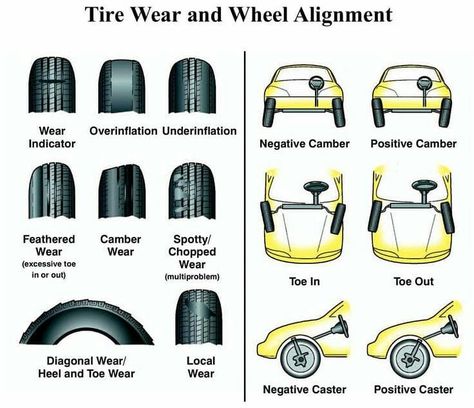
However, this was not always the case - on the same “eight”, with which all the other cars of this platform grew up, not only the toe-in, but also the caster were regulated. It is interesting that the tolerances at the same time were quite large, and when adjusting, the repairmen did not always change all the angles, preferring in many cases not to touch the caster - they say, there was a lot of fuss and not much sense.
The factory settings for the Samara angles are as follows: front camber = 0°±30', toe = 0°15' ± 10' and caster = 0°20±30'0. As you can see, the tolerances are really quite large - according to factory standards, the camber can “walk” within one degree, and a caster of fifty “plus” minutes has the legal right to “go into minus”.
VAZ-2108 front suspension - classic MacPherson strut without subframewithout subframeThe tolerances of the manufacturer in Samara are quite large, so the "average" result of visiting the booth looks something like this. As you can see, all the parameters fit into the "green" range
 ..
.. The situation with the caster is no less interesting. A little higher, we remembered that at a zero angle of inclination, the rack stands strictly vertically - that is, the wheel with the hub does not move anywhere relative to the vertical. With negative caster, the strut at the top seems to lean forward, and the wheel, accordingly, goes back. If positive, vice versa.
On front-wheel drive VAZs, for example, the caster parameter is changed using shims that are placed under the front suspension elements - trailing arm brackets (stretch marks).
Caster in Samara is set using several washers Longitudinal stretching of the VAZ-2108 suspension is attached to the brackets in front, and to the transverse levers in the back. That is why they affect the caster
By removing the washers, the rack can be “filled up” back within a degree, and the wheel, on the contrary, can be shifted relative to the center of the arch towards the front bumper.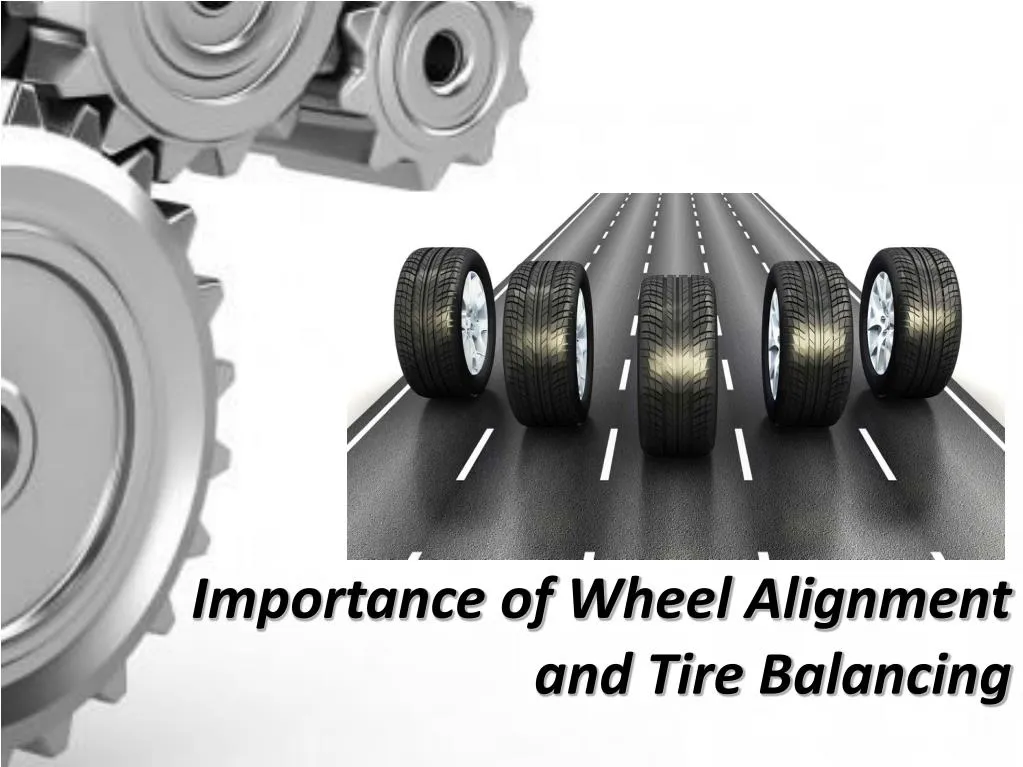 In reality, however, the reverse picture is usually observed - on many “older” Samaras, “tens”, Priory and Kalina, the wheel “leaves” towards the front door due to impacts and fatigue of the metal, and it is far from always possible to return it to its place, even if you remove all the washers.
In reality, however, the reverse picture is usually observed - on many “older” Samaras, “tens”, Priory and Kalina, the wheel “leaves” towards the front door due to impacts and fatigue of the metal, and it is far from always possible to return it to its place, even if you remove all the washers.
The greater the angle of inclination of the rack, the more stable the front-wheel drive (and not only) car behaves at high speeds. Positive caster results in less car wobble, making it less sensitive to ruts and bumps.
Caster is important not only for its direct effect on the speed of the car, but also because it affects the toe and camber angles, which change depending on the inclination of the rack.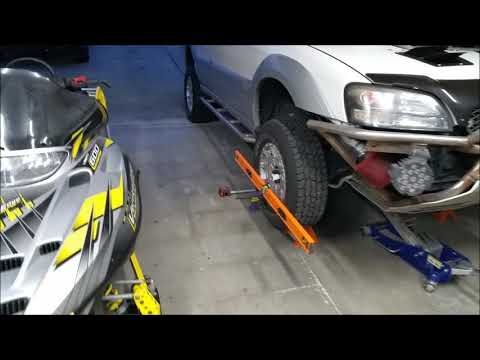 Therefore, it is necessary to start adjusting the angles of the front wheels from the caster. This is followed by camber adjustment, and last but not least, it is necessary to adjust the convergence, remembering the interconnection of these parameters with each other.
Therefore, it is necessary to start adjusting the angles of the front wheels from the caster. This is followed by camber adjustment, and last but not least, it is necessary to adjust the convergence, remembering the interconnection of these parameters with each other.
Usually the choice of wheel alignment from the allowable range is the prerogative of the "breaker". And this is not always good, since many of them, having been doing their work for years, are guided by some internal stereotypes, which often contradict theory, but in practice lead to a deterioration in the driving performance of the car and premature tire wear. Therefore, the final printout figures should be treated with great attention, and in some cases, do not hesitate to give recommendations.
What is the angle of the stand if it is adjustable? On a standard suspension and with a "normal" driving style - the maximum allowable positive, that is, 0 ° 50 'for the front-wheel drive Samara, and on other front-wheel drive it is better to set the caster "more plus" - within tolerances, and if this parameter is configured, of course .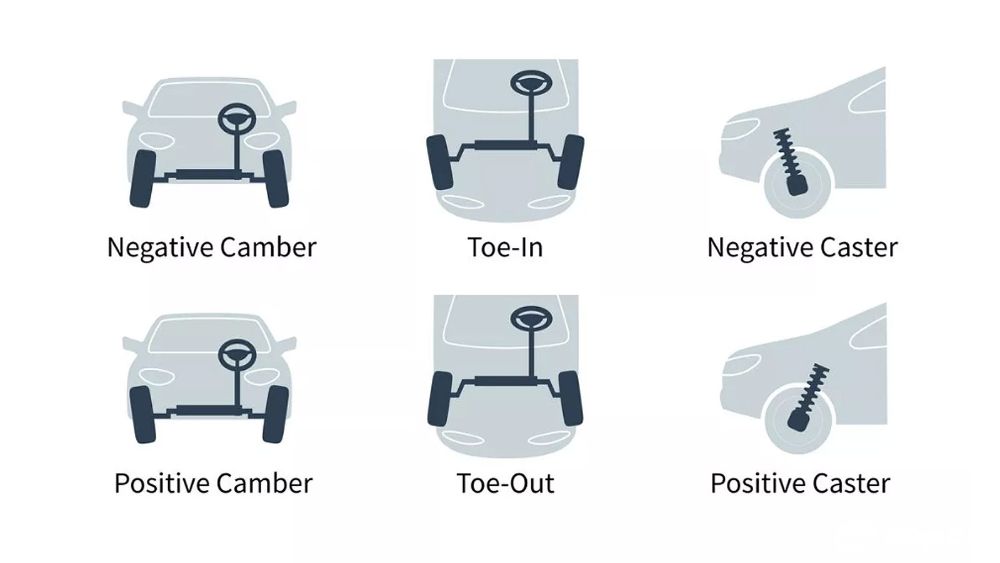 This will provide the car with better directional stability at high speeds and will lead to “self-stabilization” of the steering wheel in the near-zero position. A slight deviation from factory tolerances is also acceptable - for example, increasing the caster to one degree (60-65').
This will provide the car with better directional stability at high speeds and will lead to “self-stabilization” of the steering wheel in the near-zero position. A slight deviation from factory tolerances is also acceptable - for example, increasing the caster to one degree (60-65').
True, for a “clear zero” you will have to pay with the fact that in turns the steering wheel will become somewhat heavier (there is no amplifier!) And it will try to return to its previous position more sharply. However, you can get used to such a new feature of the machine in just a few minutes.
As for the camber, other "urban racers" often "fall apart" the front wheels to one degree or more. However, at the same time, the car will become more “nervous” and sensitive to the slope of the road, due to which the steering wheel can literally “tear out of hand” (especially on large and wide wheels!). Another payment for "sporting ambitions" is the premature wear of the inner tracks - the tires are worth a "house"!
Another payment for "sporting ambitions" is the premature wear of the inner tracks - the tires are worth a "house"!
10' per side. True, it is not so easy to set this parameter with such jewelry accuracy on a Soviet-Russian car, and not all masters agree to spend their working time on such fun.
Toe-in adjustment in Samara is a rather troublesome process (especially on the driver's side), so some razvalchik even independently (!) make a similar special tool
When adjusting toe-in on front-wheel drive VAZs, it is also best not to deviate much from near-zero values, remembering that even with a small load on the car (driver and passenger), it begins to change for about 5-7 minutes, and in which direction (plus or minus) depends on the position of the “mustache” of the steering rack on a particular car.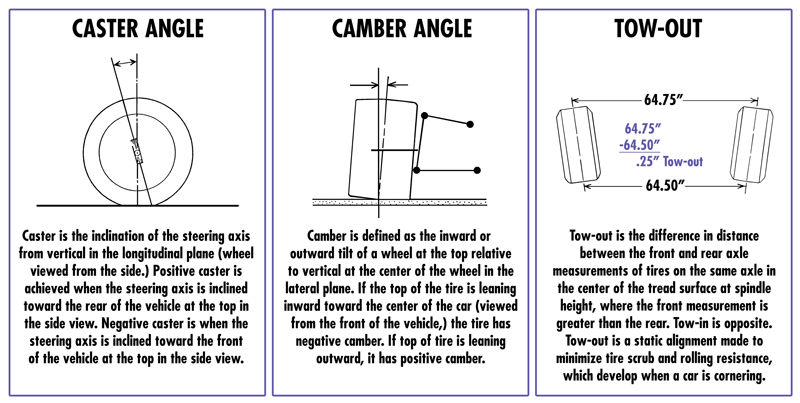
Notice how the toe and camber angles change at partial load! (the first photo is on an empty car, the second one is with a driver weighing 65 kg)
Before adjusting the toe, the steering wheel must be set strictly horizontally and fixed, for which special devices are used at the service station
In most cases, it is recommended to check the wheel alignment at least once every 30,000 km and immediately after the car has hit a wheel in a large hole or has become a member of even a small accident. After all, both the first and the second can lead to a displacement of the suspension elements, which will violate the parameters of convergence, caster or camber.
What happens if they are not done at all? Nothing good, of course. At a minimum, the car will behave worse both in a straight line and in corners, because the deviation of any of the parameters affects both the stability of the car and its handling.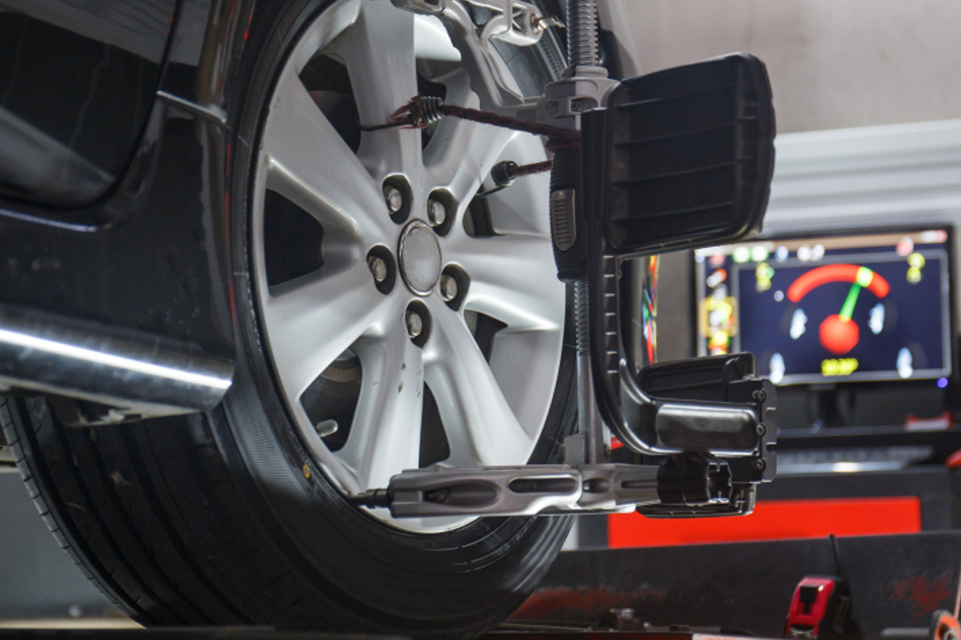 Secondly, off corners will cause the car to pull to the side, so the driver will have to hold the steering wheel with more force in order to maintain a straight line.
Secondly, off corners will cause the car to pull to the side, so the driver will have to hold the steering wheel with more force in order to maintain a straight line.
It happens that the car does not just pull to the left or right, but when moving, it “prowls” all the time, deviating back and forth from a straight line. In addition to the fact that driving such a car will not be very pleasant, the owner will very quickly find that the wheels on the axle where the wheel alignment is violated wear out very unevenly and very prematurely.
There are cases when, due to an incorrect "descent-camber", the projector of an almost new tire literally "melted before our eyes", disappearing in just 10-15 thousand kilometers!
Not always even a qualified specialist on a properly adjusted stand (and this is very important!) will be able to set the wheel alignment angles within the tolerances specified by the manufacturer.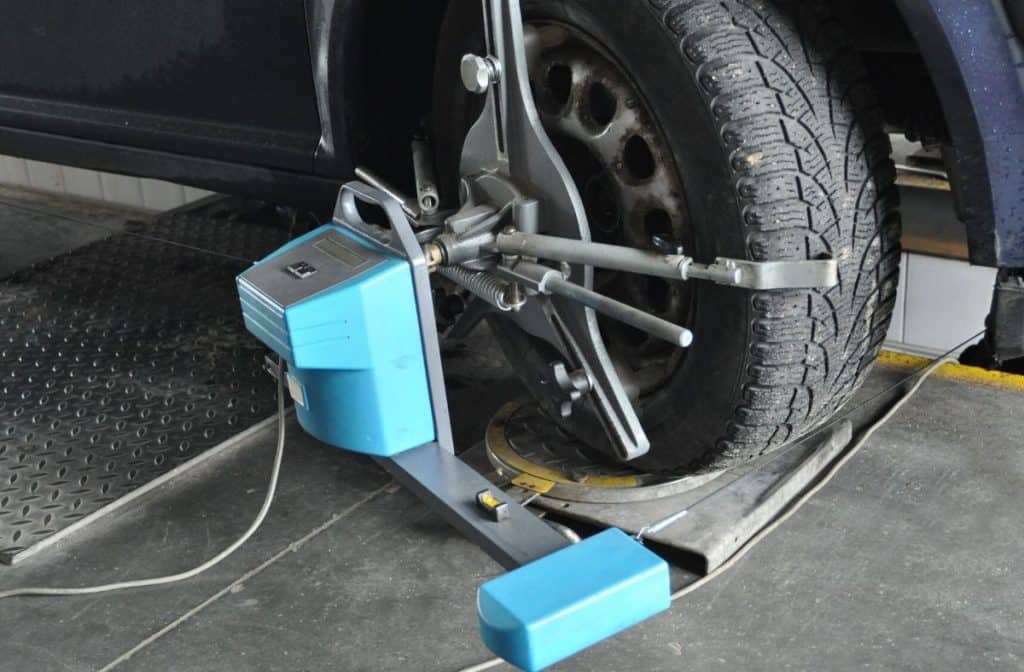 This is usually prevented by worn suspension parts, in which noticeable backlash has occurred. Catching minutes where, during movement, the details “walk” by whole degrees is a rather pointless exercise. Therefore, an experienced "breakdown" usually begins with a primary (that is, "rough") diagnostics of the chassis, carefully examining the rubber-metal elements and checking them for mutual movement. In many cases, before entering the wheel alignment stand, it is necessary to visit a general repair station to replace worn suspension parts. And only by “shaking up the hodovka” you can try to achieve the required wheel alignment angles.
This is usually prevented by worn suspension parts, in which noticeable backlash has occurred. Catching minutes where, during movement, the details “walk” by whole degrees is a rather pointless exercise. Therefore, an experienced "breakdown" usually begins with a primary (that is, "rough") diagnostics of the chassis, carefully examining the rubber-metal elements and checking them for mutual movement. In many cases, before entering the wheel alignment stand, it is necessary to visit a general repair station to replace worn suspension parts. And only by “shaking up the hodovka” you can try to achieve the required wheel alignment angles.
It happens that the suspension is in order, but it still fails to set the toe, camber or caster. The reason is the irreversible deformation of the body, which happens after a severe accident or due to corrosion of power elements. And if in the first case, at least theoretically, a slipway can help, then on a strong “rotten” car, the problem cannot be solved with little bloodshed, and a big one does not make sense.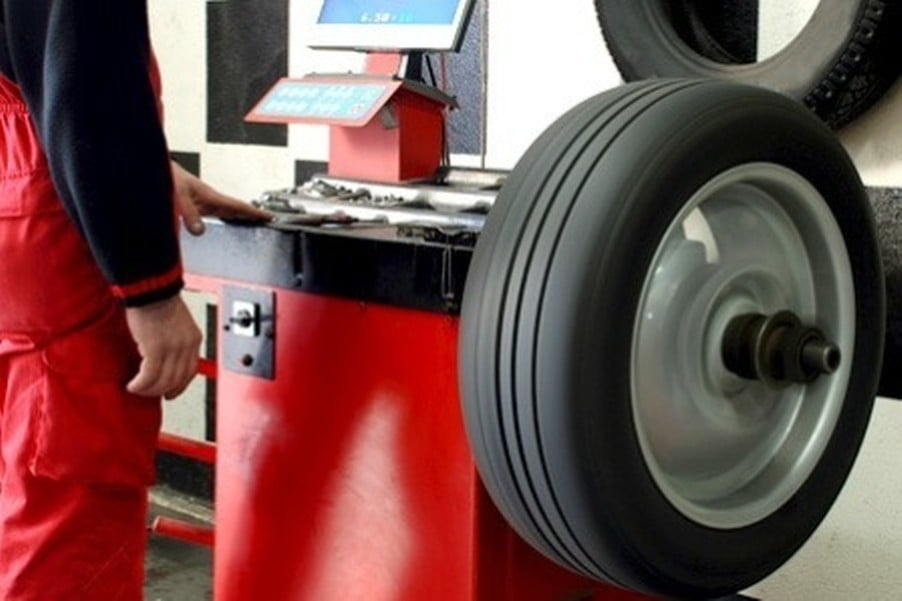
Sometimes even after the corners are set correctly, the car still pulls to the side. In this case, you need to try to rearrange the wheels in some places (or better, change the suspicious pair), because often due to the deformation of the carcass or the heterogeneity of the layers of the breaker, the tire becomes “curved”
Poll
How long have you been doing wheel alignment?
Your vote
Total votes:
practice
Articles / Interesting 5 reasons to buy and not buy Geely Atlas Impressive and harmonious, solid and spectacular, very comfortable, but somewhat slow, not the most economical, but quite reliable ... All this is Geely Atlas, a car, in its time ... 341 one 0 23.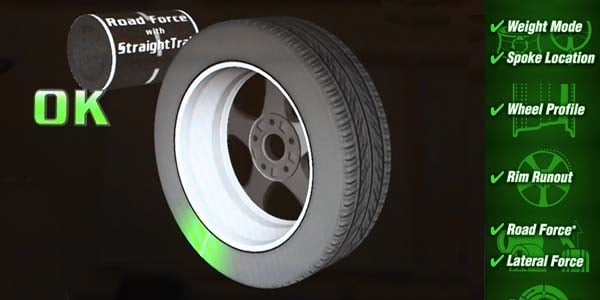 10.2022
10.2022
Articles / Practice Half a liter, potatoes and mustard to taste: folk recipes for auto chemical substitutes In the current conditions, it is easy to close your eyes and imagine that all foreign manufacturers of auto chemical goods have left Russia for some reason. Well, or just mentally transport yourself to a few ten ... 513 0 one 21.10.2022
Articles / Electric car Expensive, dangerous and nowhere to charge: 5 main misconceptions that prevent you from buying an electric car Being afraid of something new is normal. Once upon a time, people were afraid of an injector or an automatic transmission, although now these units cannot scare anyone.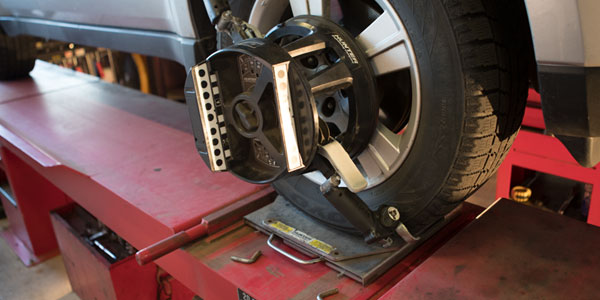 Pretty much the same... 2441 9 one 21.10.2022
Pretty much the same... 2441 9 one 21.10.2022
Test drives / Test drive Haval Dargo vs Mitsubishi Outlander: the dog is barking, the stranger is coming In the Haval dealership in the south of Moscow, life is in full swing: buyers look at cars, communicate with managers and sign some papers. While I was waiting for the test Dargo, the same cross... 14229 7 188 13.09.2022
Test drives / Test drive Motor from Mercedes, emblem from Renault, assembly from Dacia: test drive of the European Logan 1.